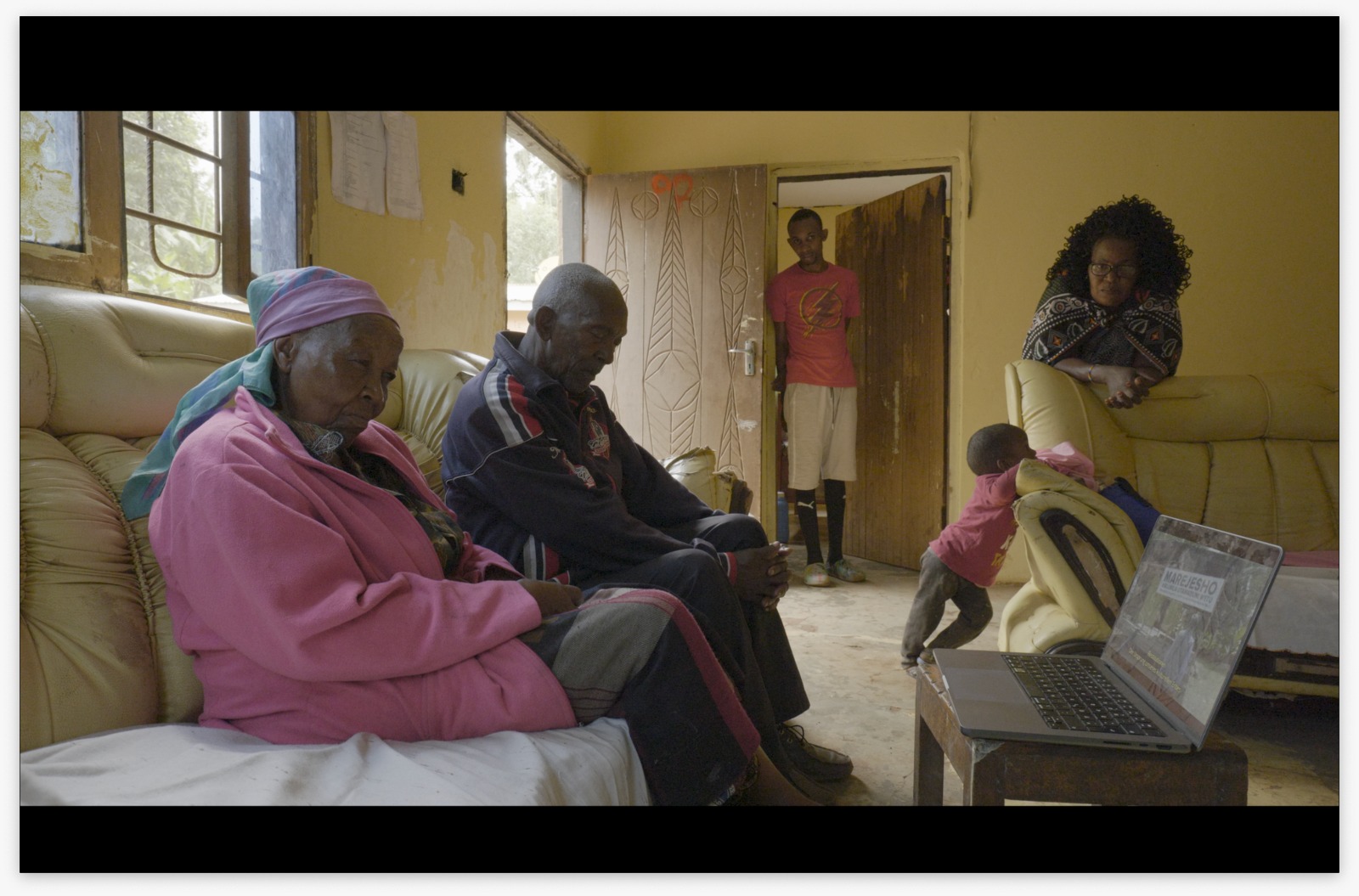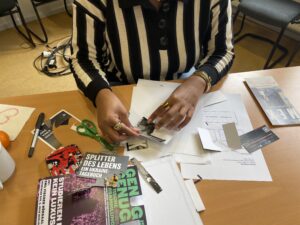Written by Judith Albrecht
When I explain to my students what brought me to ethnographic film, I usually tell them two things:
First, I share the helpful advice of a dear colleague who once said to me: Always start with something very concrete in your ethnographic descriptions: Where are you? What does it look like there? How does it feel? How does it smell? Does it taste? We, as your readers, usually don’t know the locations of your research. You need to introduce us vividly, so that places, things, people, become very concretely imaginable.
Second, I describe my search to make silences and pauses in ethnographic encounters comprehensible. The timing and simultaneity of a situation: A person sits on a sofa, an old calendar from ten years ago in the back on the wall, talking, pausing, at the same time grabbing a spoon and stirring a teacup, the spoon in the cup making a metallic noise while you hear a car driving past an open window that you can’t see in the filmed image, but which, being open, provides a different auditory access to the sounds of the street. This simultaneity of a moment, how people speak while silent, the pauses, that, what Hirschauer called “the silence of the social”, led me to work in film.
Visual Images and written texts not only tell us things differently, they tell us different things (see Mc Dougall 1997). Although the cultural shaping of identities and emotions may not be as specifically communicated in ethnographic film as in writing, their role in social interaction may be more clearly expressed, and this is equally necessary for a complex anthropological understanding of a context. Visual media produces intersubjective and transcultural documents simply through the co-inscription of filmmakers and their subjects in the same work. The ethnographic filmmaker’s acts of looking are encoded in the film in much the same way as the subject’s physical presence. This differs fundamentally from a written work, which is a textual reflection upon prior experience. I would, therefore, say that through film work I have learned to write differently.
Visual formats are a very different enhancement in social anthropological research and presentation. But they do not stand alone. They correspond with text, and text corresponds with ethnographic film. They often exist in this hybrid form, alone and yet in relation to each other.
Over the last decade, the audio-visual and synaesthetic aspects of film lend support and contribute increasingly to anthropological interest in sensory experience. Film may also provide a more accessible ground than words for what Renato Rosaldo (1986) calls “novelistic narrative” in ethnography, and for incorporating the suspense and responses of listeners that he considers crucial to oral narratives. In this sense, I understand multimodal as a form in which different modalities, forms of documentation and genres, enter into a dialogue with each other. We as anthropologists, reflect through this bringing together of forms such as text, sound, film, illustration, games, digital formats. In doing so we try to make the distinct social realities and multiple perspectives that we encounter, comprehensible.
References
Hirschauer, Stefan 2001. Ethnografisches Schreiben und die Schweigsamkeit des Sozialen. Zeitschrift für Soziologie, 6, S. 429–451.
MacDougall, David. 1998. Transcultural Cinema. Princeton, NJ: Princeton University Press.
Picture credits
Photo by Thomas Rotsching, During the shooting of the Film: Kilichobaki-what remains (Bagamoyo Film Collective)

